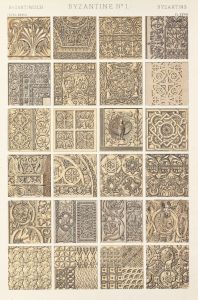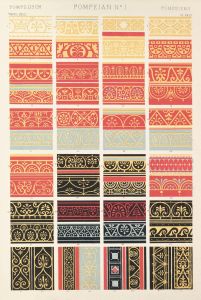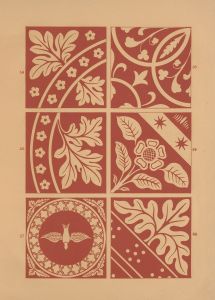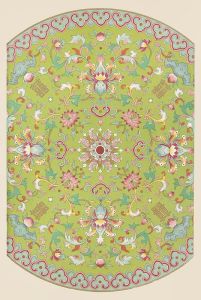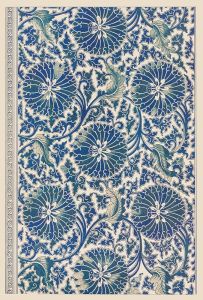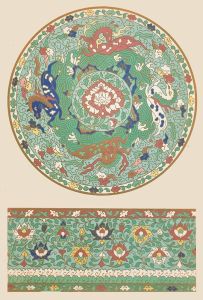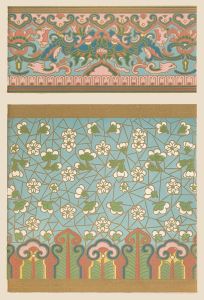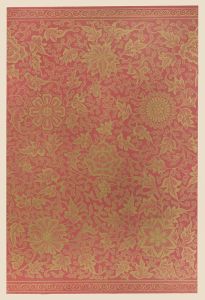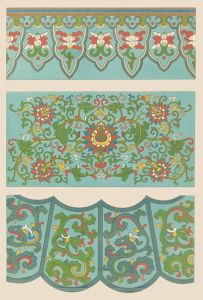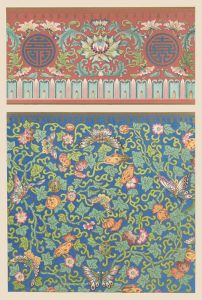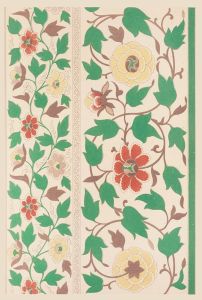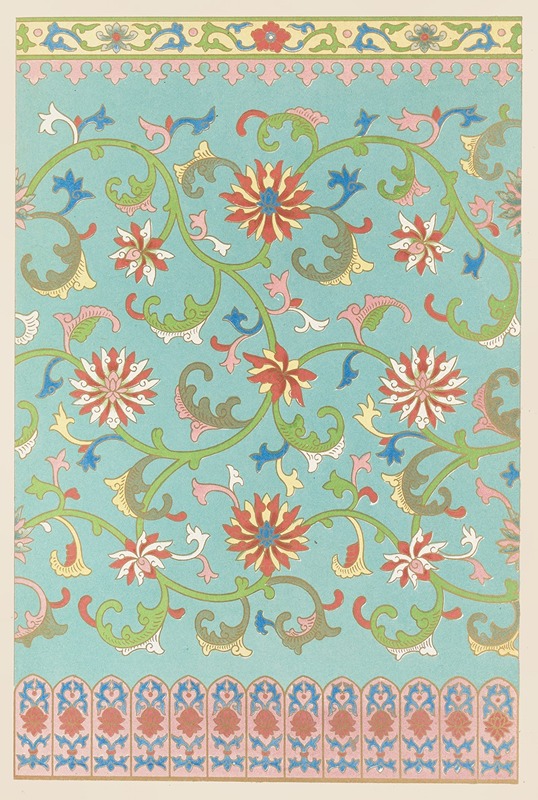
Examples of Chinese ornament, Pl.56
A hand-painted replica of Owen Jones’s masterpiece Examples of Chinese ornament, Pl.56, meticulously crafted by professional artists to capture the true essence of the original. Each piece is created with museum-quality canvas and rare mineral pigments, carefully painted by experienced artists with delicate brushstrokes and rich, layered colors to perfectly recreate the texture of the original artwork. Unlike machine-printed reproductions, this hand-painted version brings the painting to life, infused with the artist’s emotions and skill in every stroke. Whether for personal collection or home decoration, it instantly elevates the artistic atmosphere of any space.
"Examples of Chinese Ornament, Pl.56" is a plate from the influential design book The Grammar of Ornament by Owen Jones, first published in 1856. Owen Jones (1809–1874) was a British architect and designer known for his contributions to the fields of design theory and decorative arts. His book aimed to document and celebrate the ornamental styles of various cultures, providing inspiration and guidance for designers and artists in the 19th century.
Plate 56 specifically focuses on examples of Chinese ornamentation. The designs featured in this plate are drawn from traditional Chinese decorative art, showcasing motifs and patterns commonly found in Chinese architecture, textiles, ceramics, and other art forms. These designs are characterized by their intricate geometric patterns, stylized floral elements, and symbolic motifs, reflecting the aesthetic principles and cultural values of Chinese art.
Jones's work was based on extensive research and study of historical artifacts and architectural details. He sought to present these designs in a systematic and visually appealing way, emphasizing the importance of understanding the principles behind each culture's ornamental traditions. In the case of Chinese ornamentation, Jones highlighted the harmony, symmetry, and balance that are central to Chinese design philosophy.
The Grammar of Ornament was groundbreaking for its time, as it introduced Western audiences to a wide range of global decorative traditions, including those from Asia, the Middle East, and Europe. The book played a significant role in shaping 19th-century design practices and remains a valuable resource for scholars and designers today.
While Plate 56 provides a visual representation of Chinese ornament, it is important to note that the designs were interpreted and adapted by Jones based on his understanding and available sources. As such, they may not fully capture the complexity or context of the original Chinese works they were inspired by. Nonetheless, the plate serves as an example of how Chinese decorative art was appreciated and studied in the 19th century, contributing to a broader understanding of global artistic traditions.






